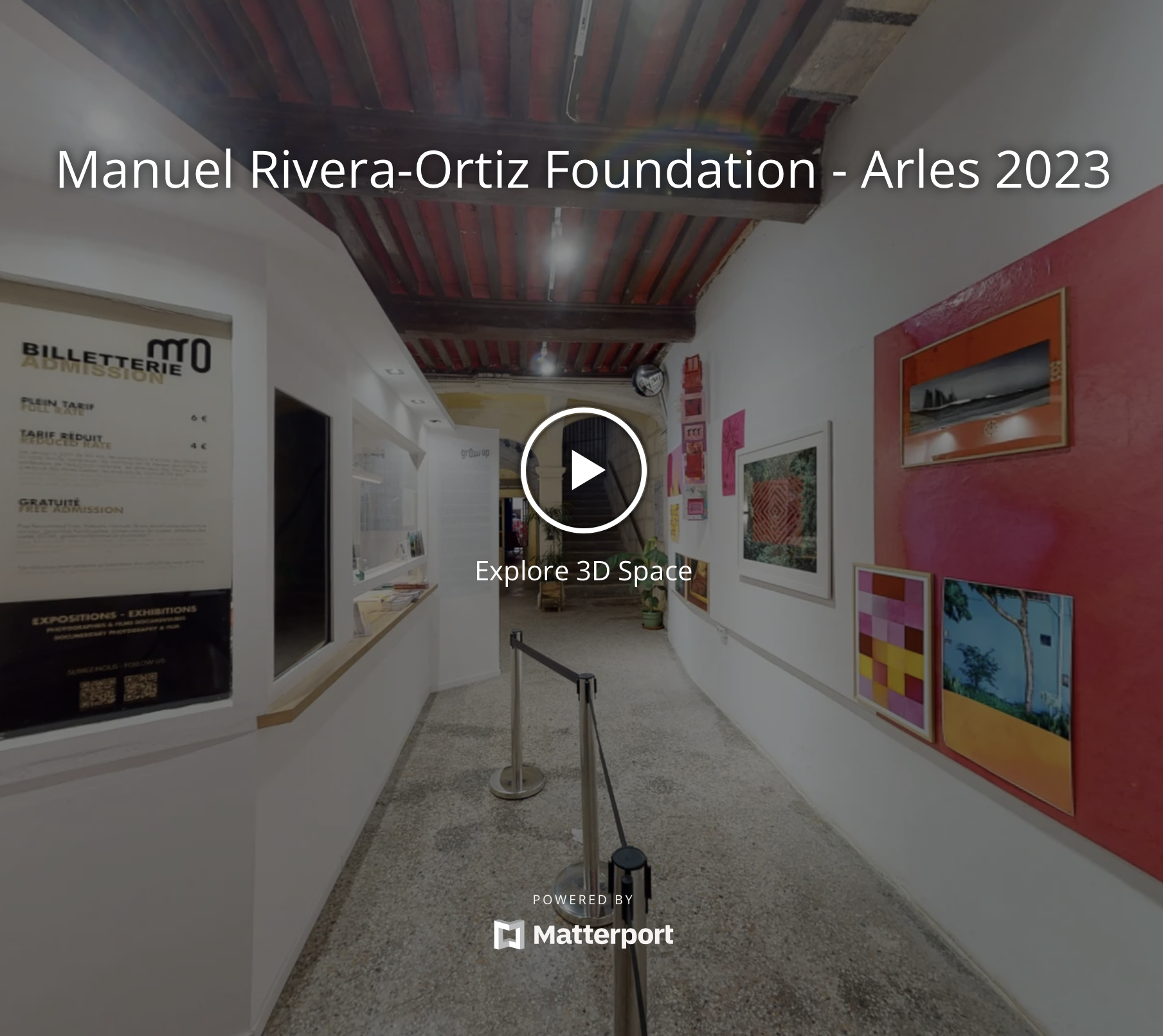from july 3 to september 24, 2023
18 rue de la Calade — Arles
Grow Up Grow Up is a programme of exhibitions, offering a cross-section of views on the movement of plants around the world. Cradle of biodiversity and environmental tensions, the twenty or so artists are based in South America, Central America and Taiwan.
Each focus highlights the relationship between plants and humans, exploring the local relationships of a territory but also international ones. This geographical scale cuts across political, social and environmental narratives and issues, as well as post-colonial issues. From the Amazon, to Costa Rica, to Taiwan, the projects cross master plants, shamanism, drugs but also the sensitive exploration of a territory.
This relation to plants is central, they are sacred and at the heart of local cultures and beliefs, Grow up wishes to cultivate and increase awareness of our relationship with living things. Fotohaus is invited to extend this programme with Nature et Société.
Artists
ATOCHA Pepe, BELTON Teo et GOUPIL Florence, BRASEY Thomas, COP Steph et PÖRNECZI Bálint, CROZE Céline, DE LATTRE Matthias, DINIZ José, ESCANDÓN Arguiñe et GROSS Yann, HENRY Nicolas, HERNÁNDEZ BRICEÑO Andrea, LAGHOUATI-RASHWAN Samir, LATHUILLÈRE Marc, MORAES Gabriel, NISSEN Mads, PROTTI Tommaso, RENARD Antoine. HSU Cheng-Tang, KUO Che-Hsi, WU Chuan-Lun. ALBANO Verdiana, CHAPUIS Isabelle, SCHAEFER Philippine, LesAssociés, Docks Collective, fiVe collective.
Guest curators BEAUSSE Pascal, BOGET Christel, CHANG Meg, MELLO Ioana, KEHRER Klaus.
Curator BASILETTI Florent
Ayañawi
Pepe ATOCHA
Plants communicate with each other and with their environment. During two years of immersion in the jungles of Peru, Pepe Atocha uses an experimental process to capture the essence of plants. After a three-week ayahuasca retreat with Shipibo healers, the artist decided to photograph with fire, a vision that came like a gentle, silent dance to the rhythm of the wind.
The Amazon has been shaped by man for centuries, its composition the product of the work of indigenous peoples, the series is composed of portraits of healers and portraits of trees. At a time when traditional medicine is being defeated by a virus, the Shipibo healers remind us that we can heal ourselves by taking care of nature and ourselves.
curator Florent BASILETTI
PROJECTION
Cumbia’s day
Teo BELTON & Florence GOUPIL
Cumbia’s day. The oral tradition is the breath of the Earth. In Peru, thirty-seven indigenous languages have become extinct in the last hundred years. The indigenous elders and chiefs are disappearing and, with them, the living memory of the Earth and its biodiversity.
Cuidantsiqmi: Love and care for the land. The Quechua-Wari indigenous people, living in the Cordillera Blanca in Ancash, Peru, are facing an environmental disaster that puts their lives in danger. First, there hasbeen an important melting of the ice caps. Now, drought and extreme heat have destroyed their agriculture and complicated their access to drinking water, affecting their physical and mental health. In the Ancash region, the high rate of malnutrition continues to grow.
curator Florent BASILETTI
partners The National Geographic Society’s Emergency Fund for Journlists, The Wellcome Trust Foundation
Boaventura
Thomas BRASEY
In 1819, driven by starvation and economic crisis, about 2000 Swiss people emigrated to Brazil. After a deadly journey, they founded the town of Nova Friburgo in the mountains surrounding Rio de Janeiro. Their new lands, which were supposed to allow the development of a
profitable agriculture, barely provided enough to feed, and the settlers scattered. Some returned to Rio where they lived in poverty and crime, others headed North where coffee could be grown, and made prosperous business there, particularly thanks to slavery.
curators Florent BASILETTI, Klauss KEHRER
partners Kehrer Verlag


